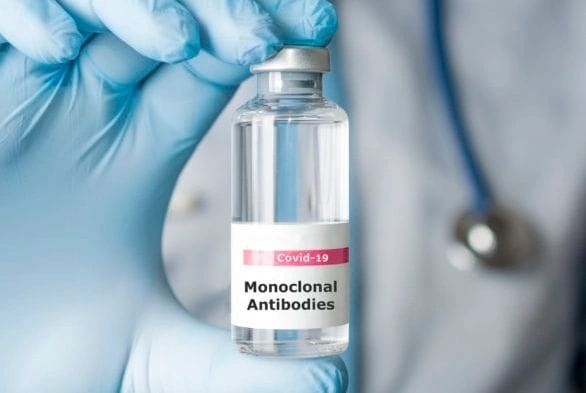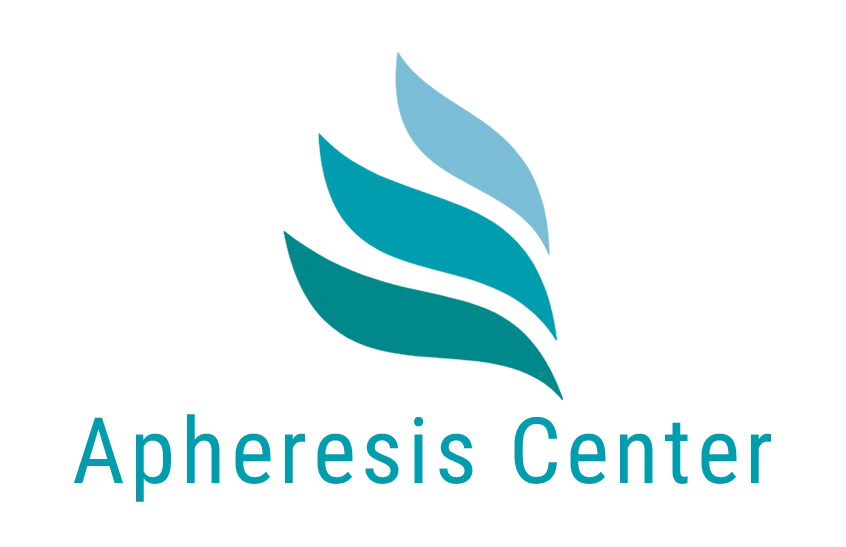
IVIG, SCIG and mABs Therapy

IVIG, SCIG and mABs Therapy
From clinical experience the trend in our patient population is away from IVIG towards SCIG with clearly better results.
Monoclonal Antibodies (mABs) represent a new area in treating Long Covid, Post Vac and Chronic Illnesses. These conditions involve complex immune dysregulation and inflammatory responses.
SCIG vs IVIG comparison see below.
IVIG and SCIG are a concentrated preparation of immunoglobulins derived from pooled human plasma.
The current official indications include symptoms present in chronic illness and many post-viral conditions: Myo- and Pericarditis, Small Fiber Neuropathy but also acute/severe conditions like Sepsis.
Monoclonal antibodies, designed to target specific components of the immune response, present another avenue for intervention.
Both Immunoglobulins (IVIG/SCIG) and Monoclonal Antibodies (mABs) are being investigated for their potential to restore immune homeostasis.
Here is a current study regarding the use of IVIG in Long Covid/Small Fiber Neuropathy: https://www.neurology.org/doi/10.1212/NXI.0000000000200244
Anecdotal note: mABs are designed strain-specific, IVIG/SCIGs are not. To our knowledge there have been no reports of Long Covid/Post Vac patients worsening permanently after SCIG or mABs treatment. The only patients our medical team has observed to worsen temporarily after IVIG treatment were patients with symptoms presenting similar to headache expanding down to the neck area.
Many of the mABs are discontinued or priced at high level, hence SCIG use has become predominant. This is changing again with the availability of Evusheld and Kavigale (coming soon).
IMPORTANT!
mABs/SCIGs/IVIGs/Antiretrovirals: e.g. Evusheld, Hizentra, HyQvia, Kavigale, Truvada
After clearing of treating doctors and advisors only, pre-order time 2-3 weeks (involves cold chain logistics) – please check availability (varies by product, lifecycle stage and manufacturer) with our team
IVIG vs SCIG – the same ingredient but different administration
Administration:
- IVIG is infused into a vein over 1–4 hours. It causes a rapid rise in serum immunoglobulin (IG) levels, peaking within 15 minutes, followed by a drop over 48 hours.
- SCIG is injected under the skin into fatty tissue and is absorbed slowly into the bloodstream, resulting in more stable IG levels without peaks and troughs.
Efficacy:
- Both methods in theory are equally effective. From clinical experience the trend in our patient population is towards SCIG with clearly better results.
SCIG – Advantages
- Fewer systemic side effects (e.g., headache, fever, nausea).
- More consistent IG levels (no peaks or troughs).
- Self-administered at home; no IV access required.
- Greater flexibility in scheduling.
- Ideal for patients with primary immunodeficiency (PI) or poor venous access.
- Better tolerated in patients with prior IVIG side effects.
- Lower infection risk—no need for central lines or hospital visits.
IVIG – Advantages
- Faster onset of action.
- Suitable for (expensive) high-dose regimens (e.g., 2 g/kg).
- Typically given in a clinic or at home by a nurse
- Less frequent needle use.
- Fewer local injection-site reactions.
- Preferred for patients uncomfortable with self-injection or frequent needle use.

